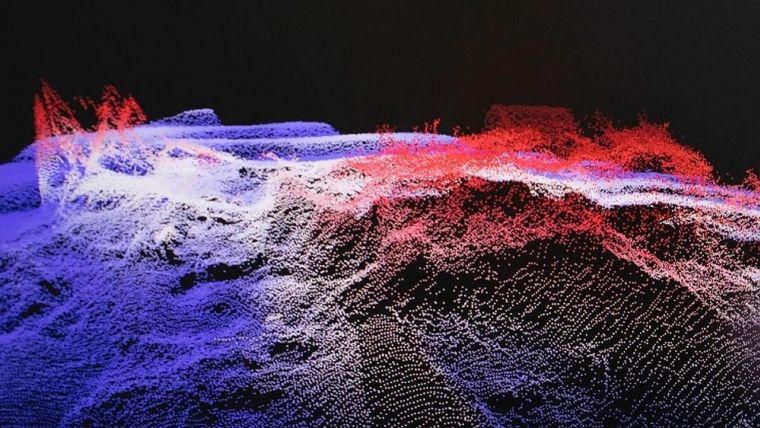Five Reasons Why It Is Important to Map the Ocean Floor
The health of our oceans and the health of our planet are one and the same. Yet the link between how much we know about this environment and how we protect it is not always clear. In this article, James Carey, head of operational delivery at the UK Hydrographic Office (UKHO), outlines five reasons why better mapping could help us to understand the basics of our ocean ecosystem and help us protect it – and one reason why mapping could compromise our environment.
The Five Reasons Why
1. Our future
Our future is tied to the health of the world’s oceans. They capture carbon, regulate the Earth’s temperature and are a source of food for billions of people. To protect our oceans and future generations, we need to build a better understanding of our changing climate and the effect it has on the marine environment.
Unfortunately, current models use data that is up to 80% incomplete, with calculations that are based on misleading averages. For example, we know that on average the sea is 3km deep, but this doesn’t account for outliers like the Mariana Trench, which stretches to depths of 11km.
So, if we don’t know its exact volume, how can we understand the ocean to its full extent? And, more critically, how can we begin to understand the full extent of how humans are impacting the marine environment?
Organizations and partnerships around the world are trying to change this, including The Nippon Foundation-GEBCO Seabed 2030 project – which aims to create a global map of the ocean by the end of the decade. By collecting and sharing more data that depicts the actual depths of the seafloor, we can build a better understanding of our marine environment and how to protect it.
2. Possibility
We know so little about the ocean’s potential to support life on Earth. In fact, it’s a well-known fact that we know more about the surface of the moon than we do about the seafloor.
But recent years have seen increased ocean exploration, which has led to the discovery of previously untapped resources: new medicines, genomes, food and energy resources, and even aspects of our own cultural heritage. But if there is a wealth of natural resources that can be sourced from our oceans, how do we manage their use fairly and sustainably?
Habitat mapping, analysis of seabed samples, and a host of other marine geospatial datasets can support this aim, by building a full itinerary of our ocean resources and a means of monitoring their use. Without this data, we risk depleting vital resources and causing irreversible damage to critical marine habitats.
3. Protection
Communities around the world depend on the existence of many vital marine environments, and both human and animal populations alike are threatened by their overexploitation. The 30x30 project aims to safeguard these environments by designating 30% of the world’s oceans as marine protected areas by 2030. But to do so, there are formidable hurdles.
Likewise, as offshore renewable energy becomes increasingly important, access and rights to parts of the ocean become fundamental to both conservation and economic efforts.
For both of these initiatives to work, ocean territories and areas of responsibility need to be well-defined. But this is easier said than done, as the coastline is ever-changing.
To be able to define clear, mutually agreed boundaries, good survey data and tidal observations are essential – as well as expertise in Law of the Sea. If you can’t define your coastline, you can’t fully protect your seas.
Continue reading this story here















